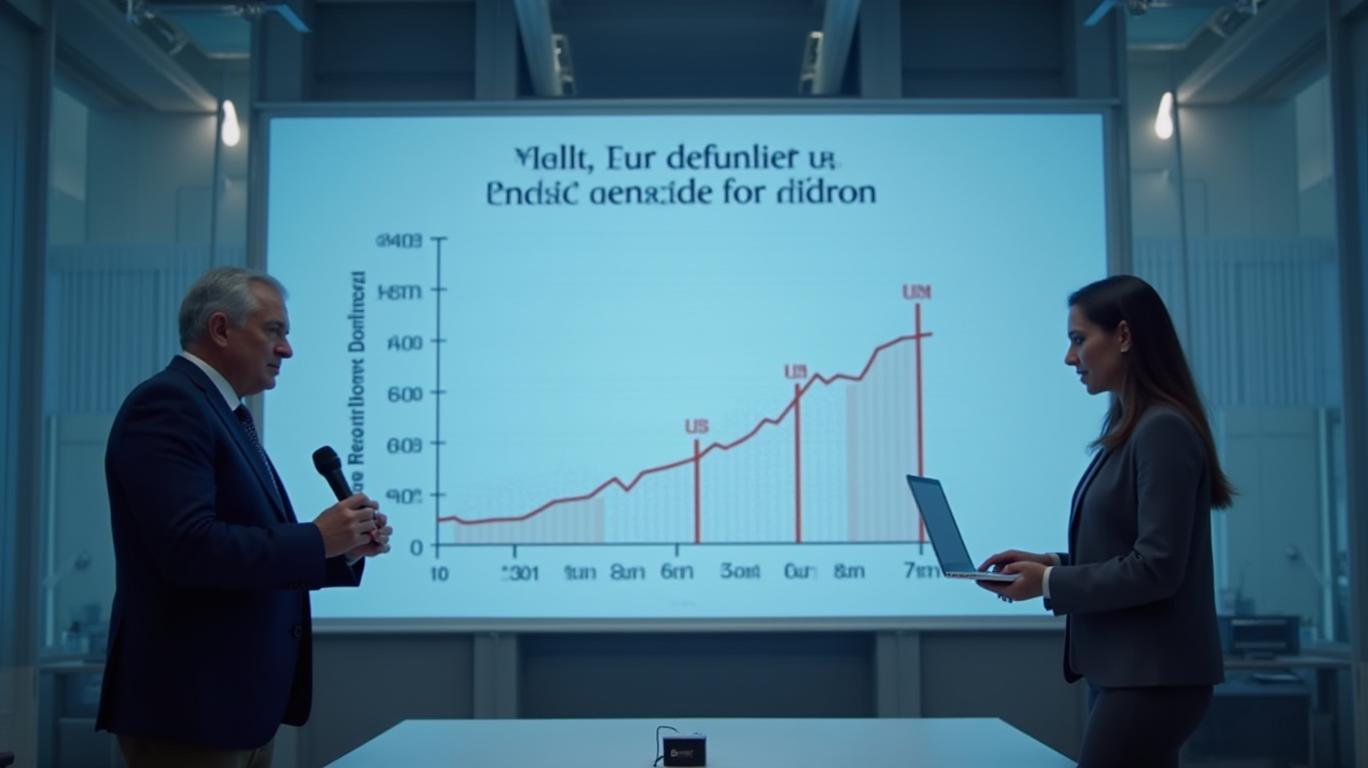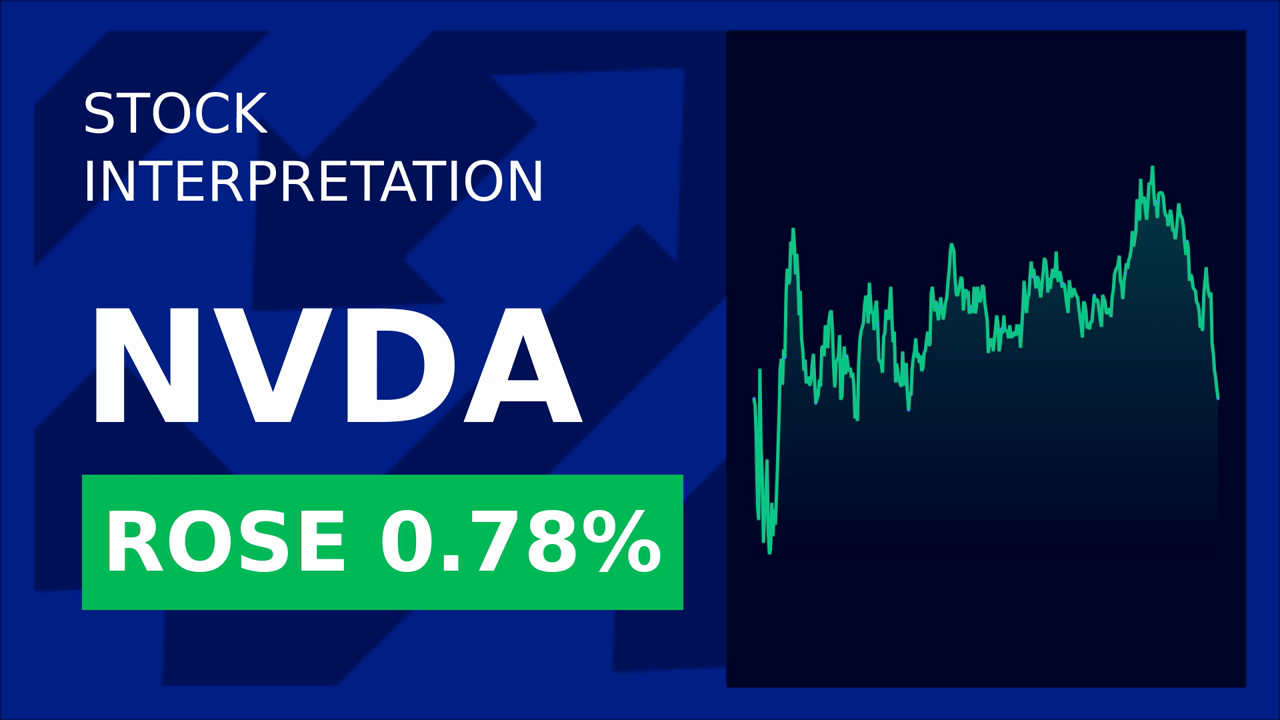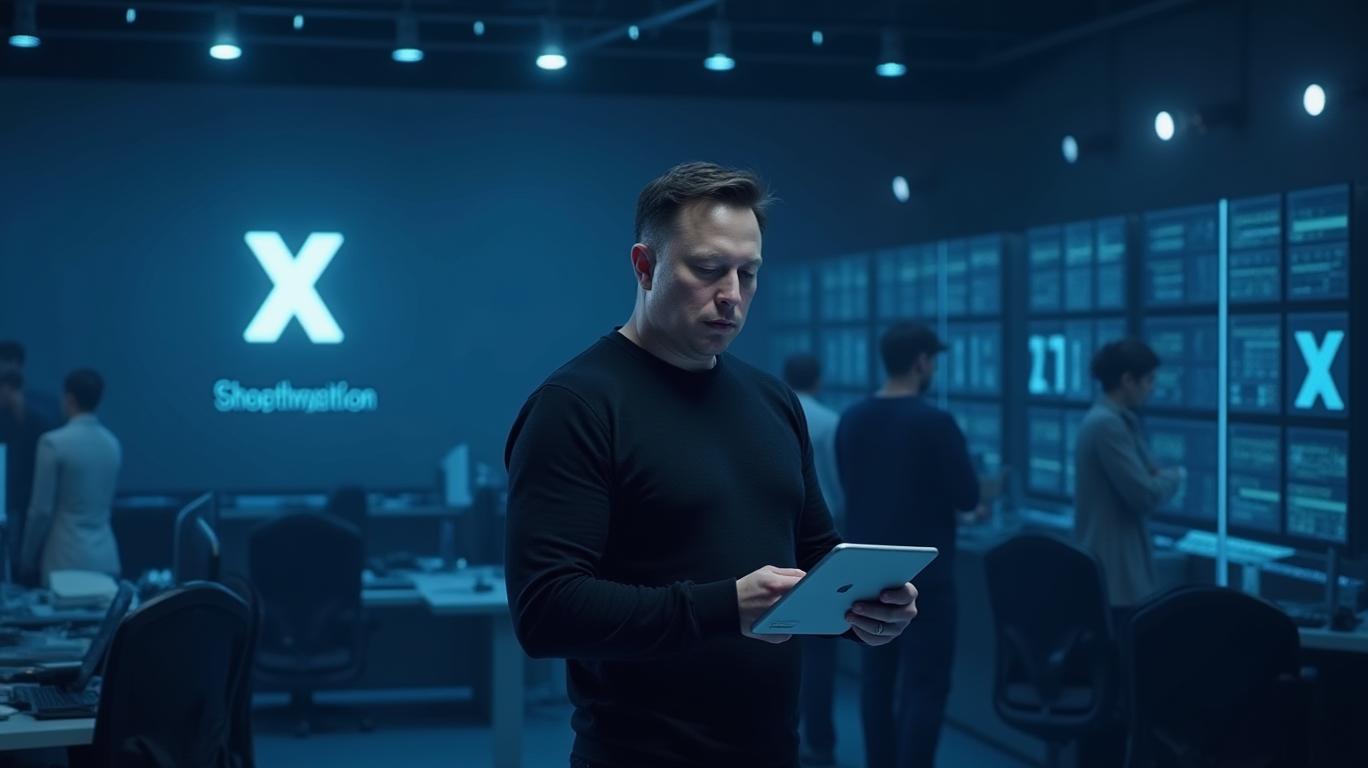Nvidia Faces Volatility After Supplier Cites Weak 2025 Chip Demand
Friday, Jan 24, 2025 4:49 am ET
Nvidia Corporation (NVDA) shares experienced a significant downturn on Thursday, following comments from SK Hynix, a key supplier of memory chips for Nvidia's GPUs, during its recent earnings call. SK Hynix's head of finance, Woo-Hyun Kim, expressed uncertainty about the demand for memory chips in 2025, citing inventory adjustments by PC and smartphone manufacturers, along with escalating trade policies and geopolitical risks. These remarks sent the PHLX Semiconductor Sector Index (^SOX) plummeting by over 60 points, reaching 5,408.44 by press time.

Kim's insights during the earnings call shed light on the contrasting fortunes within the semiconductor industry. He noted a shift in the memory market from being volume and price-driven to focusing on high-performance, high-quality products tailored for AI applications. This transition is fueled by the growing demand for memory in AI data centers, where big tech continues to invest heavily in enhancing AI training and inference capabilities.
However, this optimism is tempered by broader market analyses. YF highlights Needham's recent investor note, noting a significant divergence in 2024 between semiconductor companies serving different markets. While chip makers linked to PCs, smartphones, industrial, and automotive sectors faced challenges due to weak demand and inventory overhang, those aligned with AI infrastructure saw robust growth. Yet, as Needham analysts cautioned, this divergence might not persist into 2025. They predict a potential slowdown in AI revenue growth, supported by recent statements from giants like Google and Microsoft, indicating that their AI investment pace might moderate.
AI Total Revenue year-on-year growth value, Market Cap...
This scenario suggests that while AI continues to be a significant driver for certain segments of the semiconductor industry, broader market dynamics, including consumer electronics recovery, trade tensions, and geopolitical issues, could introduce volatility. Investors are thus navigating a complex landscape where the once-clear path of AI-driven growth might encounter more headwinds, potentially affecting the valuation and performance of chip stocks across the board.
Nvidia's recent earnings call and guidance release have been described as "incredible," "unfathomable," and "the greatest beat of all time." The company reported a first-quarter profit of $1.09 a share, ahead of forecasts for 92 cents, while offering second-quarter revenue guidance of $11 billion, nearly $4 billion more than the $7.15 billion consensus. However, the guidance boost doesn't appear to be the result of a one-time surge in demand for chips with enough power to handle artificial intelligence. "Generative AI drove significant upside in demand for our products, creating opportunities and broad-based global growth across our markets," Nvidia Chief Financial Officer Colette Kress said on the company's earnings call, adding that the company was already taking steps to meet high demand during the second half of its fiscal year.

All told, Susquehanna analyst Christopher Rolland says that Nvidia's four segments—auto, data center, gaming, and professional visualization—could grow at a rate at least three times that of semiconductors generally. "It looks like the new gold rush is upon us, and Nvidia is selling all the picks and shovels," Rolland writes. He upped his price target on the stock to $450 from $350. The recent gains in both the stock and the business give Nvidia a chance to do something no chip company has done—cross $1 trillion in market capitalization. Intel (INTC), which slumped on Thursday, peaked at $501.51 billion in August 2000—$901.30 billion in today’s dollars—while Taiwan Semiconductor Manufacturing (TSM) peaked at $642.1 billion in January 2022. After Thursday's gain, Nvidia is worth $939.3 billion, based on a share count of 2.473 billion. That puts it $60.7 billion away from the $1 trillion mark, a level that would be reached if the stock hits $404.86, more than 6% away from today’s close of $379.80.

Needham analyst Rajvindra Gill saw that coming back in 2021, although it has been a bumpy ride since the call. Nvidia stock tumbled 50% last year as tech stocks got hammered by the Federal Reserve’s rising rates and slowing growth. But the demand for Nvidia’s products is coming from everywhere: Big Tech companies like Microsoft (MSFT), Alphabet (GOOGL), and Amazon.com (AMZN); internet companies like Meta Platforms (META); and even biotech companies like Amgen (AMGN), to name a few. "We see nearly all past headwinds behind us, and expect the company is shipping to true, AI-related demand, near-term," writes Gill, who has a $460 price target on Nvidia shares. "While there [were] some peaks and valleys in the interim years, we believe NVDA is in a position to achieve that valuation over time."
But can it stay there? Despite Thursday’s gains, the stock is cheaper based on estimates than it was the day before—earnings went up more than the stock did. But at 47.4 times 12-month forward earnings, the stock is by no means cheap. Whether it can live up to those estimates depends on how long companies continue to spend big to catch up in AI. If demand slows after this fiscal year, the stock would look even more expensive.
The bigger warning might come from the other stocks that have hit the trillion-dollar threshold. There have been just six in the U.S.— Apple (AAPL), Amazon, Alphabet, Microsoft, Meta, and Tesla (TSLA). Apple, Amazon, Alphabet, and Microsoft all fell after hitting it for the first time, while Meta and Tesla, with market caps of $666 billion and $601 billion, respectively, still haven’t reclaimed that level. While hitting $1 trillion would be a big deal for Nvidia, staying there would be a bigger one.


_cbf77e8c1748017079428.jpeg)






Catherine E. Russell is a prominent investor in the cryptocurrency space, known for her insightful strategies and deep understanding of the rapidly evolving digital asset market. With a strong focus on Bitcoin and other major cryptocurrencies, she navigates the complexities of blockchain technology, market cycles, and regulatory landscapes to make informed trading decisions. Catherine approach combines technical analysis with a keen eye on macroeconomic trends, allowing her to identify long-term opportunities while managing risk in the volatile crypto market. Her trading style emphasizes patience and adaptability, helping her capitalize on both bullish trends and market corrections. Investors following her moves are often drawn to her disciplined yet forward-thinking approach to crypto trading... Inbox 👍 Catherine E. Russell on Facebook.. For more guide 🙏💯
A lot of people have become so successful in this financial market investment, for how long will you continue to doubt thinking it's scam, maybe you have been thinking that any investment you see online is scam and you have been in one place for so long no changes, no improvement, no business,no investment i mean nothing good to show.why not give it a try and see how blessed and prosperous you'll become.
Trust me it's awesome! It is not all about watching the video tutorial and wasting your money on signal, at first I was ignorant doing so, then I decided to try Mr Harold Kendrick's mentorship program on F@CEB00K he help me earn £44,000 despite the little investment I made. Connect with him on 𝐖ha𝐭𝐬a𝐩✙ 4474076001166.. for Mentorship.